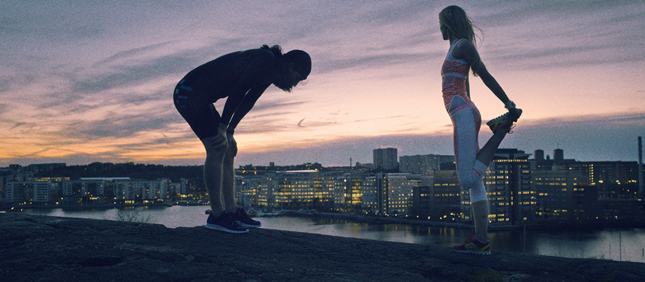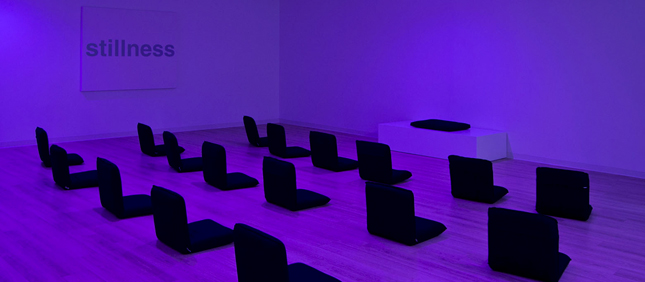A Case For Low-Intensity Cardio
Yes, you can overdo it with intervals. Here’s how to introduce those necessary easy efforts.
Monday, May 19, 2014 | Lee Walker Helland
You’re already well aware that incorporating intervals into your training gives you the most bang for your workout-buck. High-intensity interval training, or HIIT—alternating between powerful, limit-pushing bursts and slowed-down recovery periods—has been shown to rev your calorie burn, boost fat reduction, increase strength and muscle mass and more. And, for those training for a race, intervals may help you improve your time even as you cut the time dedicated to training in half, according to a Danish study that tracked 5K times as affected by HIIT over a seven-week period.
But as praise for HIIT has reached cultish levels, the real, significant benefits of its counterpart, low-intensity steady-state cardio (or LISS, working at a lower intensity, but maintaining it for extended periods), have increasingly been swept under the rug. With the emphasis on intensity, most exercisers are overlooking the necessity (and benefits) of going easy and instead spending all of their time in this HIIT zone. Is it time to stop dissing LISS?
“People who say steady-state cardio is totally ineffective are usually just selling you a book,” says Adam Duthie, a Tier 4 coach at Columbus Circle in New York City. “You may not be gaining muscle or strength, but it still serves an important purpose.”
The Benefits of LISS: Why You Should Take It Easy
(1) You’ll get more blood flowing: Working on your endurance encourages your heart’s left ventricle, the cavity that pushes blood out to the rest of the body, to increase in capacity. That means that more oxygen gets delivered to nourish crucial tissues and organs, supporting better overall health, Duthie says.
(2) LISS helps you metabolize oxygen efficiently: Not only does more oxygen reach crucial parts of the body, but your circulatory system gets better at transferring it from blood to tissue. That’s because LISS increases capillary density, so more channels are on hand to deliver oxygen to tissues’ cells.
(3) Easy efforts repair tired muscles: High-intensity workouts cause metabolic byproducts—a variety of molecules that result from forceful exercise—to build up in the muscles, wearing out muscles and promoting fatigue. “LISS promotes recovery by increasing blood flow to damaged tissues, shuttling away these byproducts,” Duthie says. Research shows that low-intensity work helps you flush the stuff out faster than you would if you just went a day or two without exercise.
(4) Steady state preps you for another workout: Interval training requires adenofine triphosphate, or ATP, the molecules you need to contract your muscles. Every time you do HIIT, ATP stores are depleted. Enter LISS: “The aerobic system works to replenish the chemical building blocks and enzymes necessary to generate a high-power output” by the muscles, Duthie says. That means you can go even harder next time you hit the intervals.
So where should LISS fit into your routine? Twenty minutes of easy cycling, jogging or brisk walking should follow every high-intensity session to get the repair mechanisms going.
Beyond that, plan what Duthie calls “macro cycles”: Take six to eight weeks to focus on HIIT with a lesser proportion of LISS mixed in, then bridge to an endurance-focused cycle of the same length. There’s no one-size-fits-all breakdown, Duthie says. “Now with that being said, for an average gymgoer who’s seeking general fitness and perhaps a body composition goal, 2 to 3 sessions of interval training coupled with 1 to 2 days of steady state “recovery style” cardio per week would probably be effective. I would spread this out over the course of 4 to 6 weeks. An example could be Monday/Wednesday/Friday interval training with weights and cardio, paired with some steady state work on Thursday/Saturday. After those 4 to 6 weeks you could flip the paradigm and focus more on steady state with a secondary focus on HIIT training. It’s all about balance.”
Photography by Klaus Thymann / Trunk Archive















